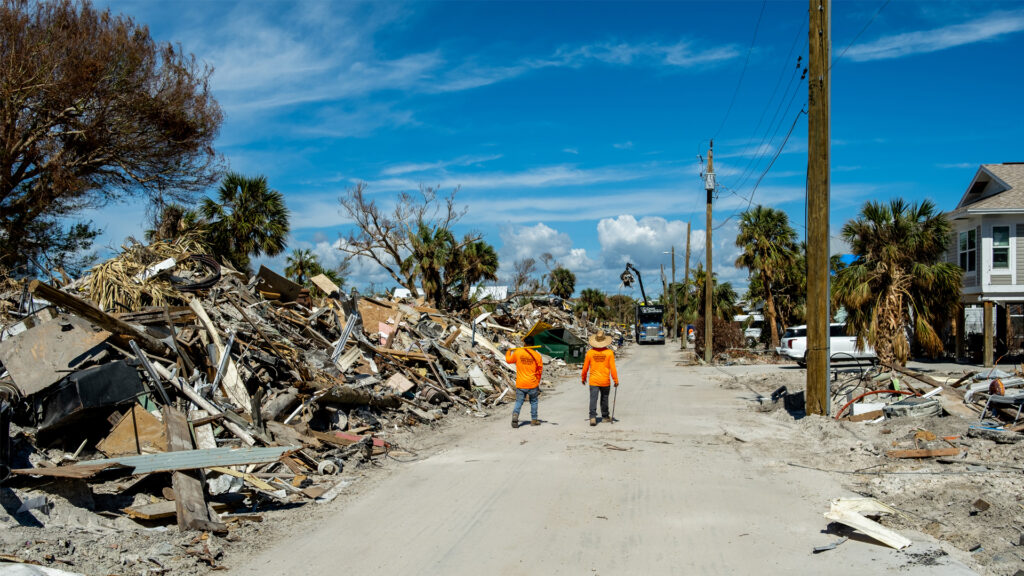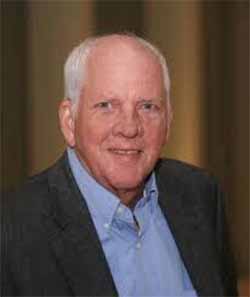By Don Wright
Because of climate change, sea-level rise, altered river discharge, changes in the intensity and size of storms, and changing demographics, coastal systems and communities of the future are seriously imperiled. Florida’s Gulf Coast is among the world’s most vulnerable coasts.

The understanding of climate change and its increasingly deleterious impacts is based on a huge and highly credible body of scientific evidence. Over the past few decades, global sea levels have been rising by a little more than 3 mm per year on average but current rates of rise on the Gulf Coast exceed the global average. Some parts of the Gulf Coast are experiencing up to 10 mm per year of relative sea-level rise.
Predicted rises in mean sea level, and even relative sea level might seem fairly modest. However, on very gently sloping coastal plains, wetlands or river deltas, a few inches of vertical rise can translate into hundreds of feet of horizontal transgression.
In addition, saline groundwater can reach landward significant distances, contaminating the freshwater supplies of coastal communities. And saltwater penetration into previously forested environments can cause die-back of land-stabilizing vegetation, allowing for enhanced susceptibility to coastal erosion.
Regarding human fatalities, it is not sea-level rise but compound floods from combined storm surge and torrential rains that coastal dwellers should fear most. The joint probability of severe storm surge and flooding from rainfall coinciding in U.S. coastal cities has increased significantly over the past century. River flooding further exacerbates the severity of inundation.
The International Human Dimensions Program on Global Environmental Change points out that by midcentury, the flood risk to large coastal cities will have increased by nine-fold relative to the present day. According to the National Oceanic and Atmospheric Administration’s Office of Coastal Management, inundation events are the dominant causes of natural-hazard-related deaths in the U.S. and are also the most frequent and costly of the natural hazards affecting the nation.
By far, the greatest threats to Florida’s Gulf Coast come from hurricanes that are now developing more abruptly and becoming larger and more intense because of elevated sea-surface temperatures. It is not just the winds that are the threats but, more commonly, the storm surges that the winds generate. The low gradient continental shelf fronting Florida’s entire west coast amplifies storm surges to a much greater extent than is the case for steep, narrow shelves like those fronting Miami and the California coast.
The National Oceanic and Atmospheric Administration’s National Hurricane Center generates maps of worst-case scenarios of flooding. The models predict that in the event of a Category 3 hurricane, the Nature Coast could experience inundation in excess of 9 feet above the ground extending as far as 5 miles landward of the present coast. A landfalling Category 5 storm could flood downtown Tampa to depths of over 20 feet.
Today’s hurricanes are more dangerous than those of the past because they emerge and intensify quickly, become very large and deviate unexpectedly from predicted paths. Hurricane Ian, which made landfall near Fort Myers in September, is an example.

Mitigating strategies exist but their acceptance and implementation requires significant changes in leadership priorities. Communicating scientific projections and their potential impacts to the public and policymakers at all levels is an ongoing challenge.
Developing beneficial relationships with stakeholders needs to be promoted. Objective and quantitative risk assessment is critical to prioritizing strategies and resource allocations and must take account of hazards, exposure and community vulnerability.
Don Wright retired in 2007 from the Virginia Institute of Marine Science, College of William and Mary, where he was a professor specializing in physical and geological oceanography. After retiring, he continued to work part-time until September 2021 as director of coastal and environmental research for the Southeastern Universities Research Association, a nonprofit, Washington-based consortium of 60 universities.
Wright is speaking to the Adventure Coast Group of Sierra Club Florida on climate change’s impacts to the Gulf Coast on Thursday at 7 p.m. at the Brooksville Woman’s Club. For more information, email sierraclubadventurecoastcc@gmail.com.
Sign up for The Invading Sea newsletter by visiting here.



